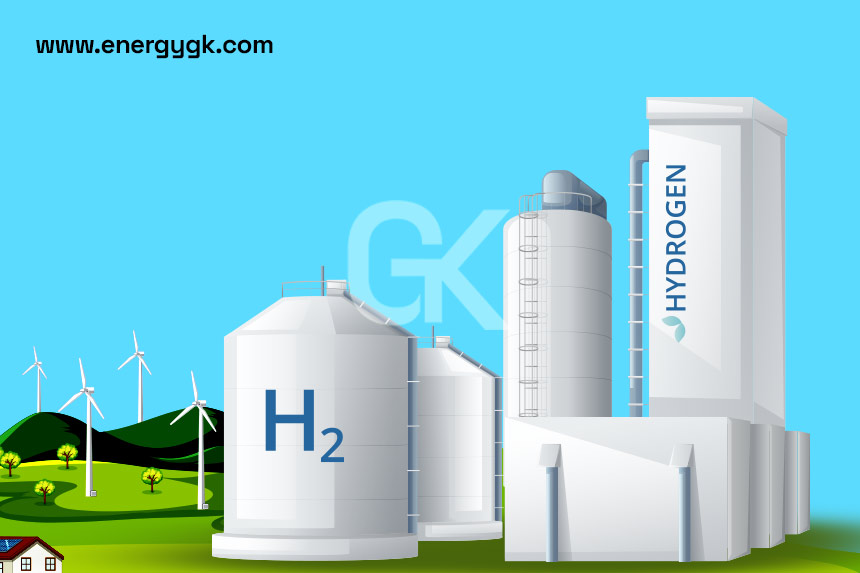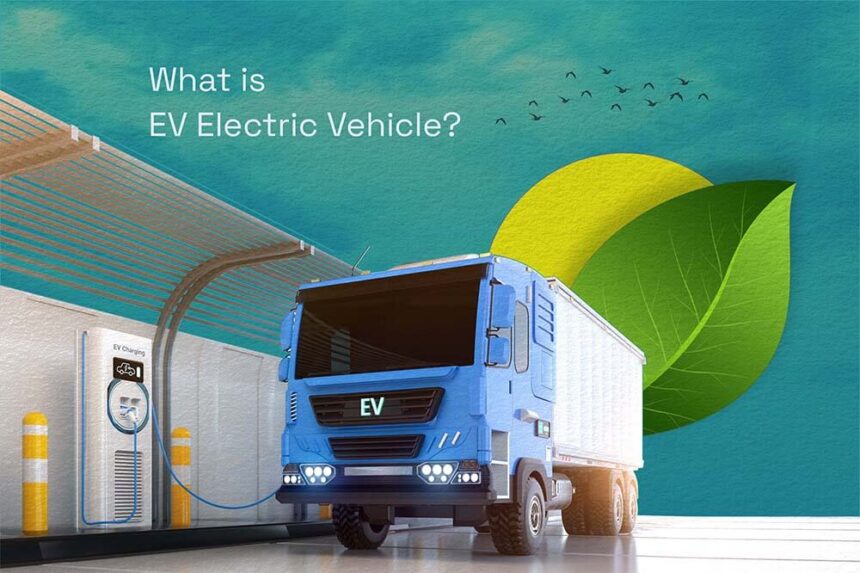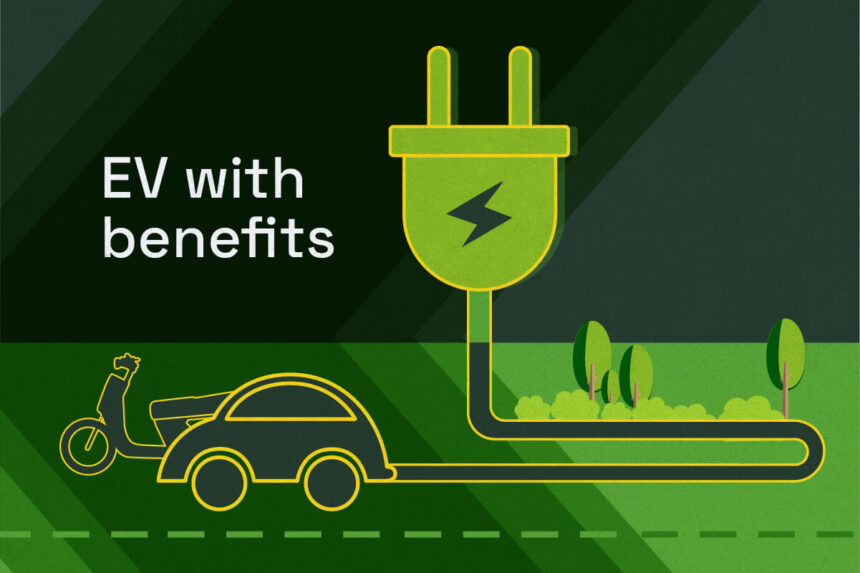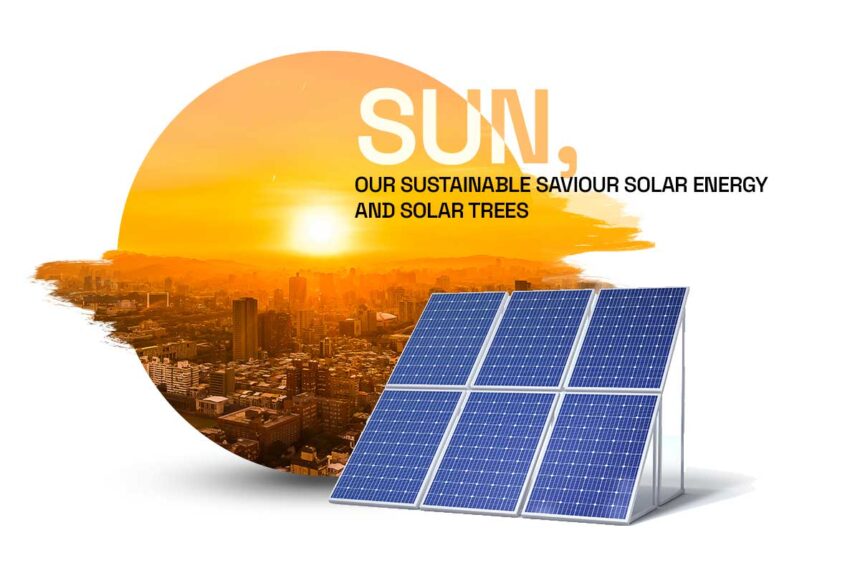Renewable energy sources like solar wind hydro and biomass have grown in importance as the world shifts to more environmentally friendly and sustainable energy solutions. Solar energy is one of these that has attracted a lot of attention because of its growing availability and falling costs. Yet there are particular advantages and difficulties associated with each renewable energy source. The purpose of this article is to analyze the benefits and drawbacks of solar energy in comparison to other renewable energy sources.
Solar Power
Advantages:
An endless supply of energy is offered by the sun. Almost anywhere there is sunlight solar panels can be installed.
Dropping Prices: Over the past ten years solar panel costs have significantly dropped making them more affordable for both home and business use.
Low Maintenance: Solar panels need very little upkeep after they are installed.
Scalability: Solar systems can be expanded from modest home installations to substantial solar farms for utilities.
Disadvantages
Environmental Impact: There are no greenhouse gases or air pollutants produced during the production of solar energy.
Geographical Limitations: Solar energy is not as dependable when its cloudy or dark outside because it depends on sunlight. Large solar farms need a lot of land.
Costs: Although solar panel installation is becoming more affordable there is still a significant upfront cost.
Wind energy
Advantages:
High Efficiency: Wind turbines are highly efficient in producing large amounts of energy.
Space Utilization: The installation of wind farms on agricultural land permits the use of the land for two purposes.
Low Operating Costs: After installation wind turbines require comparatively little upkeep and operation.
Negative aspects:
Intermittency: Because wind energy depends on the availability of wind it is also intermittent.
Noise and Visual Impact: Because wind turbines can be visually and auditorily disturbing some local communities may object to them.
Animal Impact: Bats and birds may be in danger from wind turbines.
Water Power
Advantages:
Dependability: Hydropower consistently produces power making it one of the most dependable renewable energy sources.
Energy Storage: Hydropower facilities have the ability to store energy in the form of water in reservoirs which enables flexible energy production.
Minimal Emissions: The greenhouse gas emissions from hydropower plants are extremely low.
Drawbacks:
Impact on the environment: sizable hydropower projects have the potential to upset nearby aquatic life ecosystems and communities.
High Initial Costs: Building hydroelectric dams and plants costs a lot of money.
Geographic Restrictions: There arent many suitable locations for massive hydropower projects.
Biomass energy
Advantages:
Versatility: Biomass can be processed to produce heat electricity and biofuels among other energy forms.
Utilization of Waste: By using waste materials biomass energy can cut down on the amount of methane released into the atmosphere and the amount of landfill space used.
Carbon Neutrality: As long as biomass energy is managed sustainably the CO2 absorbed during plant growth balances out the CO2 released during combustion making biomass energy carbon neutral.
Negative aspects:
Land Use: Producing food may face competition from the large amounts of land needed for the growth of biomass crops. Air pollutants such as nitrogen oxides and particulate matter can be released during the combustion of biomass.
Resource Management: In order to prevent habitat destruction and deforestation sustainable biomass production calls for careful resource management.
Conclusion
Every renewable energy source has pros and cons of its own making them appropriate for various uses and environments. Due to its low environmental impact decreasing costs and widespread availability solar energy is unique. However it has issues with space requirements and intermittency. Although wind energy is extremely effective it can be obtrusive both in terms of sound and sight. Although it has major geographical and environmental restrictions hydropower is dependable. Although biomass is flexible it needs to be managed carefully in order to be truly sustainable. Combining these sources in a balanced way and utilizing their advantages to build a robust and sustainable energy system is the way renewable energy will be produced in the future. A cleaner greener future is within reach if we invest in and support a variety of renewable energy technologies.






